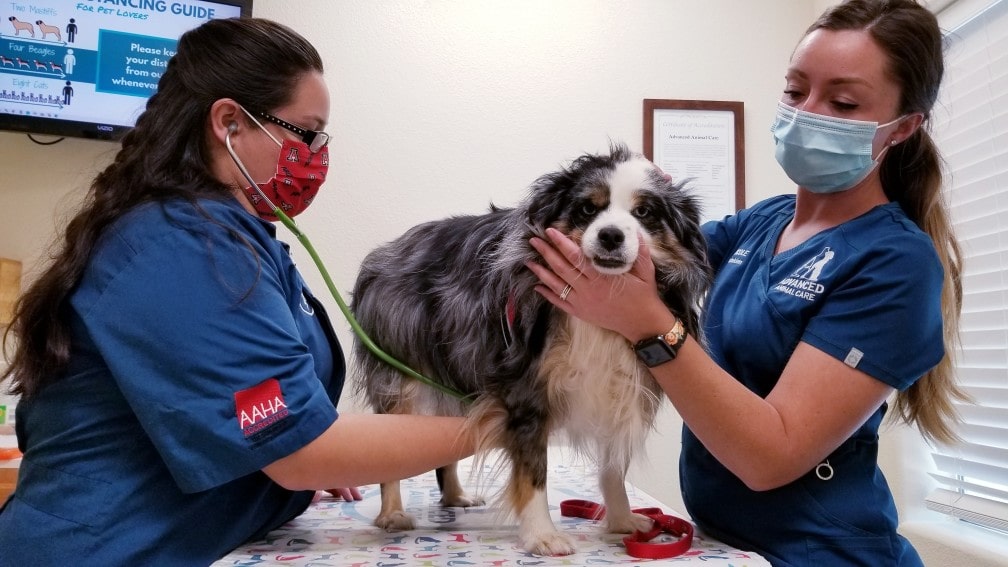Dogs are great companions for a family. They always seem energetic and fun to be around. However, can you tell when your dog has a health concern?
Animals can’t tell us if they are suffering from some kind of health issue or pain. So, it’s up to us to look for telltale signs that may indicate a health issue in them. Here are some of the tips to perform home health checkups of your dog from nose to tail.
Dog health check areas
- Teeth and Gums: Nasty smell, redness along gums, brown tartar
- Nose: Not so cold and not so dry
- Ears: Check for wax and redness
- Eyes: Should be bright
- Skin/body: Check if the dog is biting the skin, changes in coat,
- Feet/claws: Check for the feet and claws on regular basis for any issues
How to Monitor Health of Dog At Home – Home Health Checkup?
Keep a track of their weight
Make a routine on weekly basis to check your dog’s weight. It is a fairly easy task. You can use your own portable weight scale to check their weight. If you don’t have a weight scale at home then take them to your vet every alternative week.
Check their temperature
You can use a digital thermometer to check your dog’s body temperature. Insert it gently, about one inch, into the rectum. If you are using a digital thermometer, wait until it beeps.
The normal temperature for a dog is between 100 and 102 degrees Fahrenheit. Anything below or above would indicate symptoms of illness, take your dog to a vet.
Monitor their heart-rate
Use a watch with a second hand or a stopwatch to count the time. Place your hand over the left side of their chest, behind the front leg.
The common practice is to count the heartbeats for 15 seconds and then multiply by 4 to calculate beats per minute. Normal ranges from 60-100 in big dogs, and about 100-140 in smaller dogs.
You can perform this test when your dog is sleeping and not recovering from an activity.
Keep a check on their daily activity level
One of the easiest ways to monitor the well-being of your dog is by monitoring their daily activity level. If your dog enthusiastically goes for walks, plays ball, and moves, it means that are in good health.
If your dog starts to avoid playtime, daily walks, and seems tired and lazy all the time then visit your vet for a checkup. This may be an indication that something is troubling your pet.
Lastly, remember that you are the best judge of your dog’s health. You have to proactively keep monitoring your dog’s health and look for telltale signs of issues. Visit your veterinarian if you feel there is something wrong with your dog.
Share your thoughts with us in the comments below!

 DogExpress
DogExpress






















 in Chandigarh, India.
in Chandigarh, India. 
